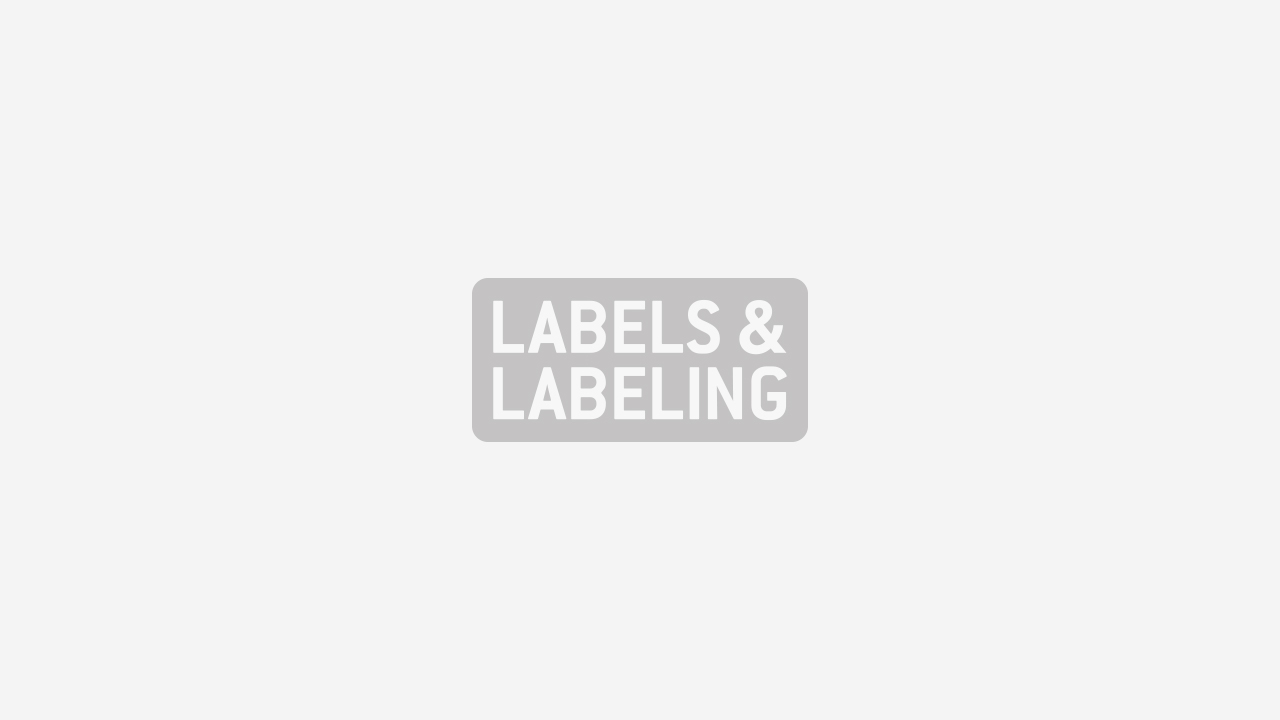‘Should we let struggling UK printers fail?’ asks analyst

The latest report into the UK label market from industry analyst Plimsoll rates 71 of the UK’s leading 383 label companies as being in financial danger. Amid calls for bail-outs and emergency measures, senior analyst David Pattison asks: ‘Should we just let them fail?’
Pattison argues: ‘There is no doubt in my mind that recessions catch bad businesses out. Those companies that have entered this period ill-prepared have placed themselves at a distinct disadvantage. Many have grown used to running their businesses on high risk business models, propped up largely on finance.
‘Of the 71 firms rated as in danger, the report shows:
¦ ‘29 increased their debts last year; they are now carrying almost twice the level of debt recommended by Plimsoll. Using debt has become a means of propping up their businesses, for many this started to become an issue up to three years ago.
¦ ‘56 saw profits fall last year and 50 are losing money. Their costs are clearly ahead of sales and they have failed to respond to changes in their business structure.
¦ ‘32 managed to increase sales last year, some would argue an enviable task. However it only proves that despite their rising debts and mounting losses they have been desperate to maintain sales at any cost.
¦ ‘44 are firms are what I would call “well established” having been set up over 10 years go. Arguably these are failing to adapt to the modern labels market and are now falling behind the rest of the market as a result.
‘In summary, it is clear that many of these 71 “danger” businesses are fundamentally poor, aggressive or disruptive and are unhelpful to the market. With newly prudent banking systems in place, raising quick finance will not paper over the cracks as it once did.’
Recent examples of failed businesses in the news bear this out. Zavvi, Woolworths, Whittard and Wedgewood were all rated ‘danger’ by Plimsoll prior to their demise.
Latest research shows that the UK label industry is not immune to the current crisis. The sector has overcapacity, 30 percent of businesses suffered a fall sales last year, with competitive pressure forcing many to see sales fall by 7 percent.
‘Our analysis is clear,’ continues Pattison, ‘not all of these 71 businesses will survive. Of those who do, very few will be in their current shape and many will be in the hands of new owners. This further supports the argument that despite the obvious tragedy of job losses, livelihoods lost and the pain of a business in decline this period is inevitable and can only be good news for the market in the long run.
‘If we examine the airline industry, which to some extent is 12 to 18 months ahead of the labels market in the evolutionary cycle, the failure of XL Leisure is has turned out to be the best thing that could have happened to the industry as it has freed up capacity. The labels market too will see winners emerging out of the crisis. There are 175 terrific companies who can compete fiercely on price, and are largely debt free while holding their margins. Most are operating at the height of productivity. These will be the one’s to watch in the next period.’
The 2009 edition of the Plimsoll Analysis – Labels includes an individual analysis of each of the industry’s largest 383 companies. The report values each company as well as rating each company on its attractiveness as an acquisition. Each of the 383 companies analyzed receives a unique Plimsoll rating showing the company’s strengths and weaknesses.
Click here for more stories about Plimsoll's reports on L&L.com.
Join the debate on L&L.com.
Stay up to date
Subscribe to the free Label News newsletter and receive the latest content every week. We'll never share your email address.

